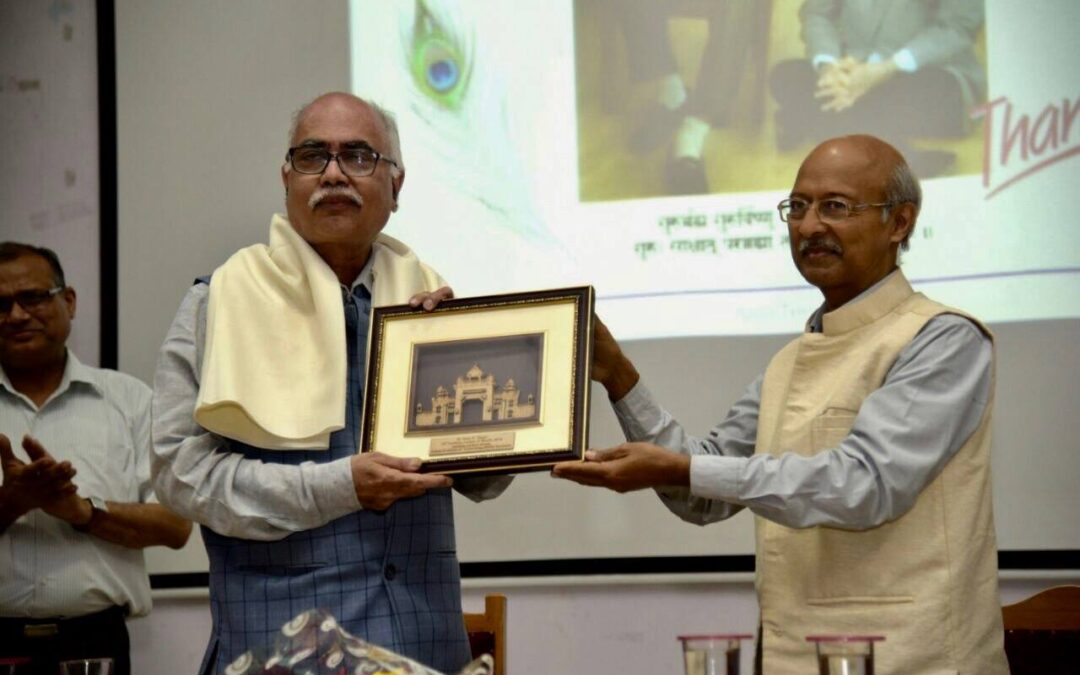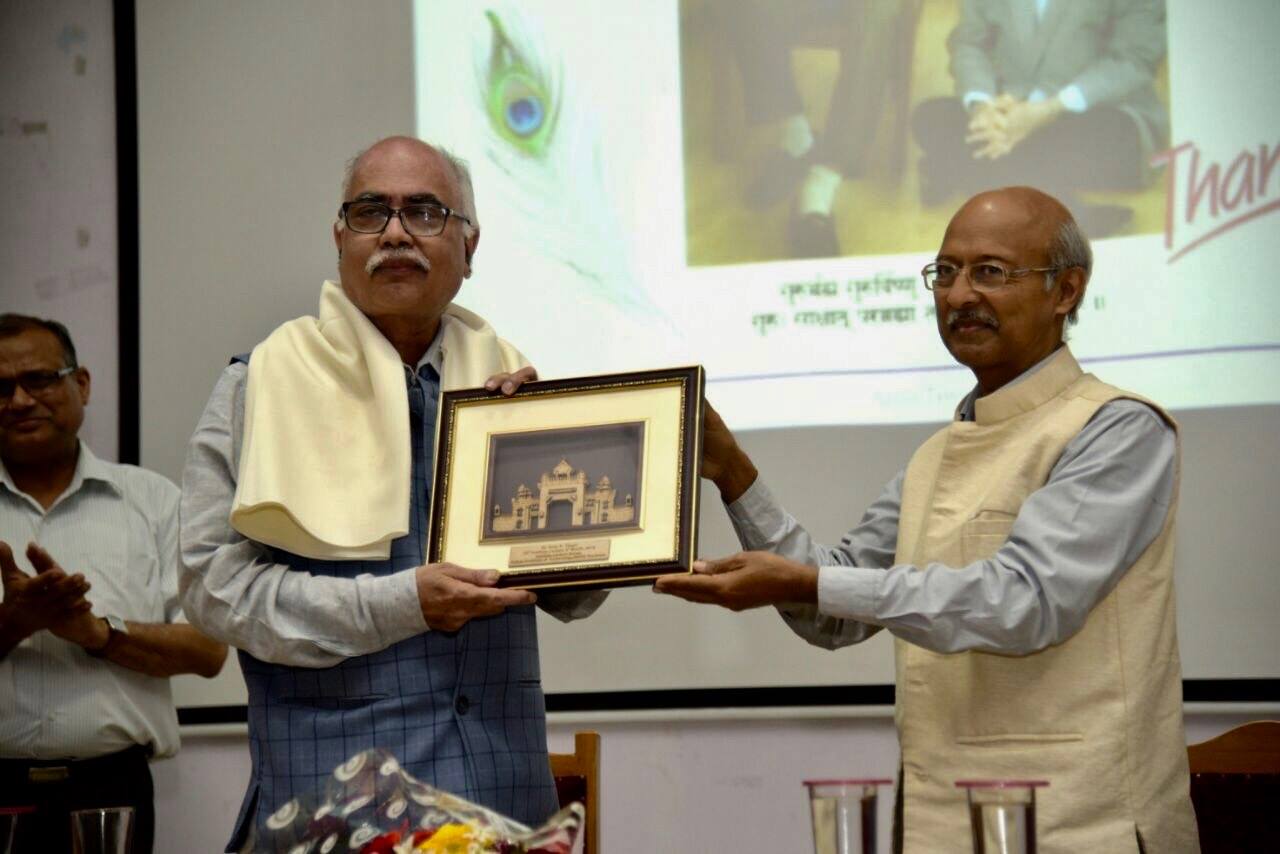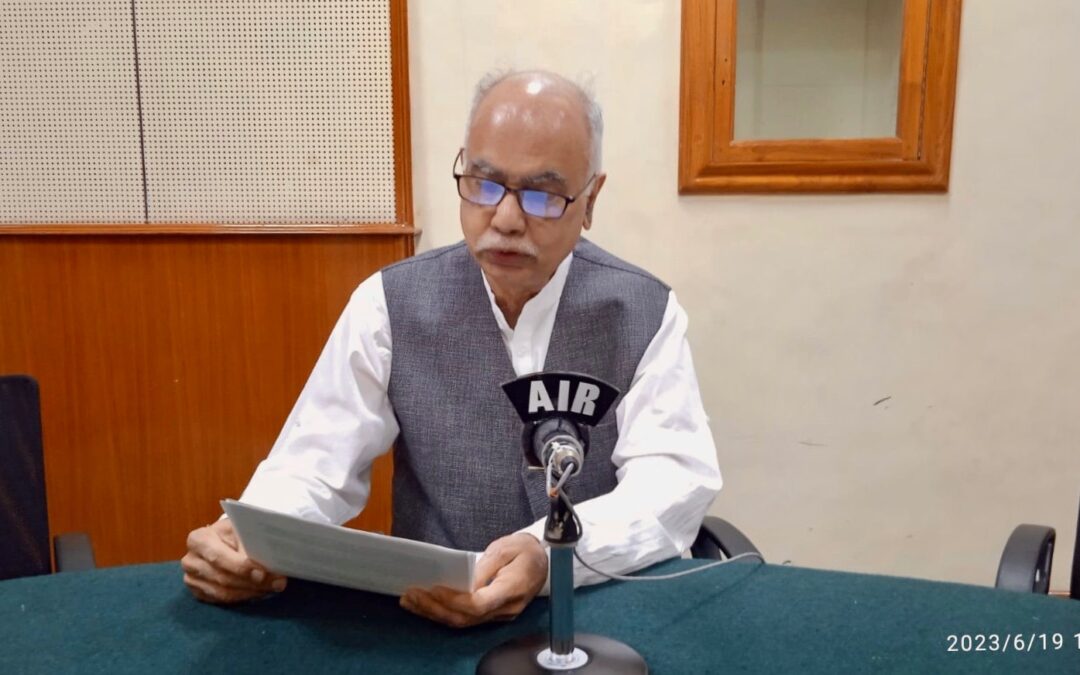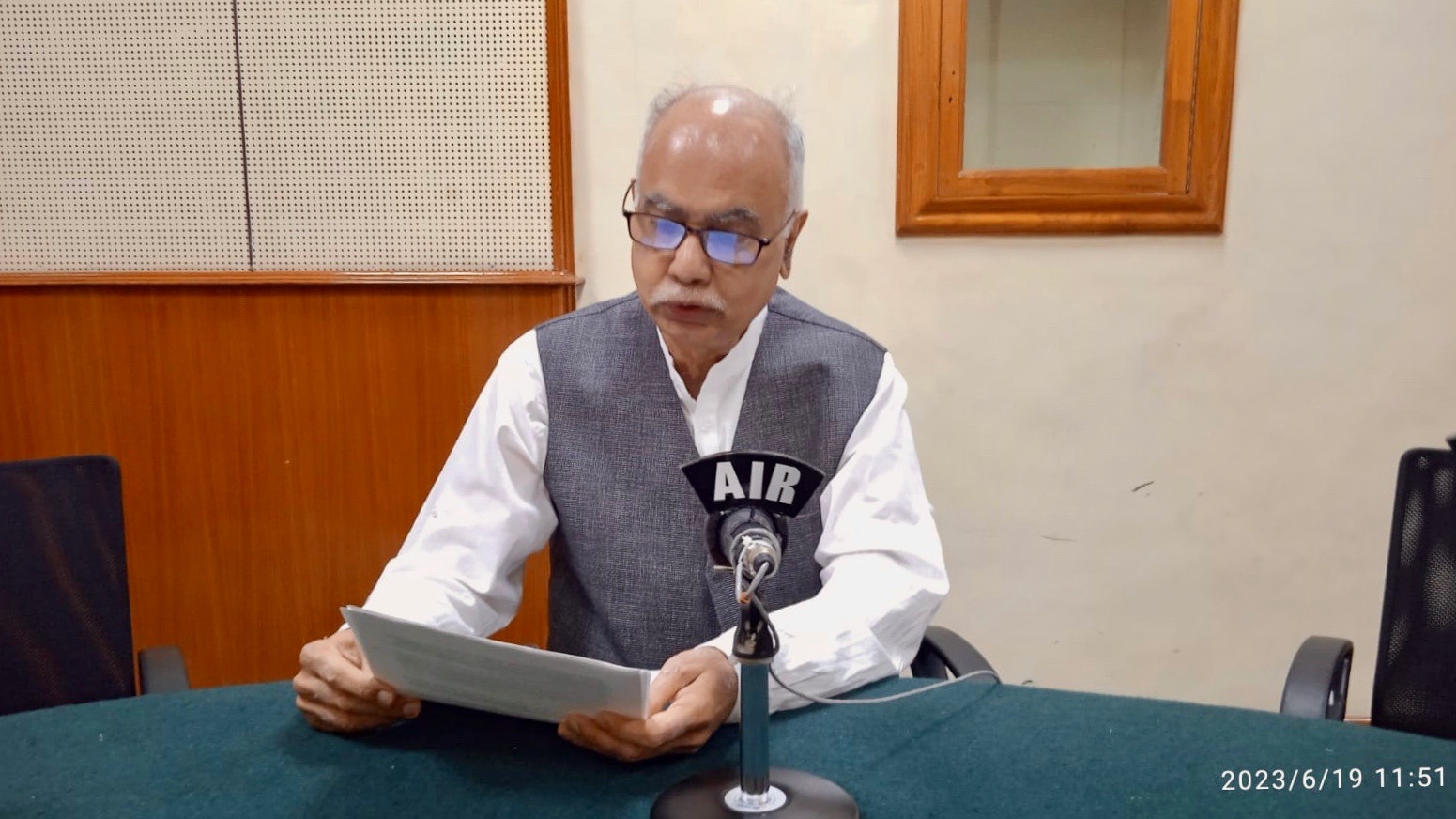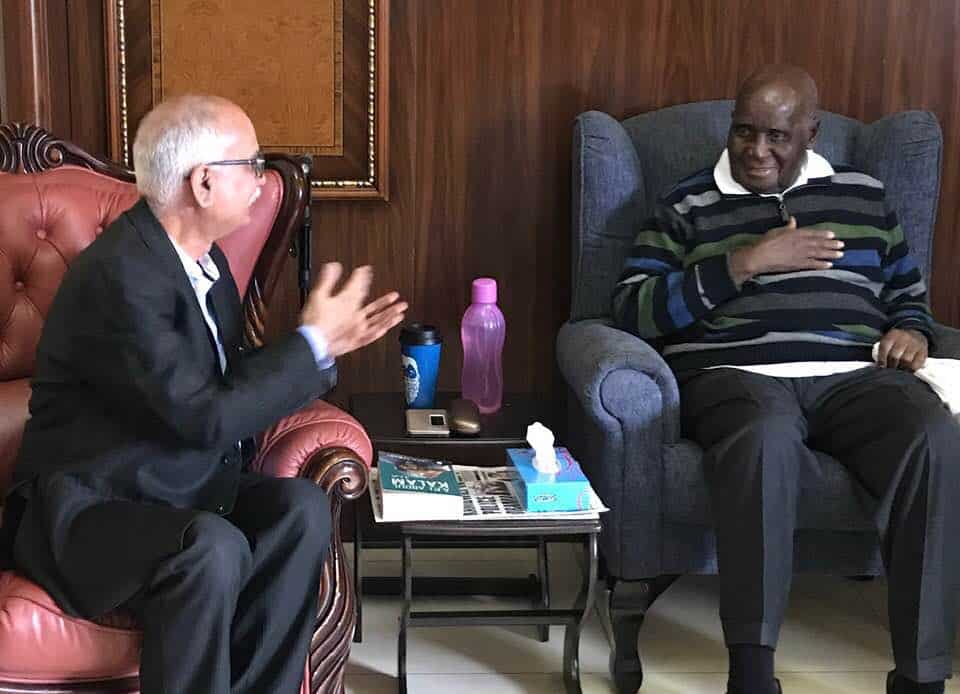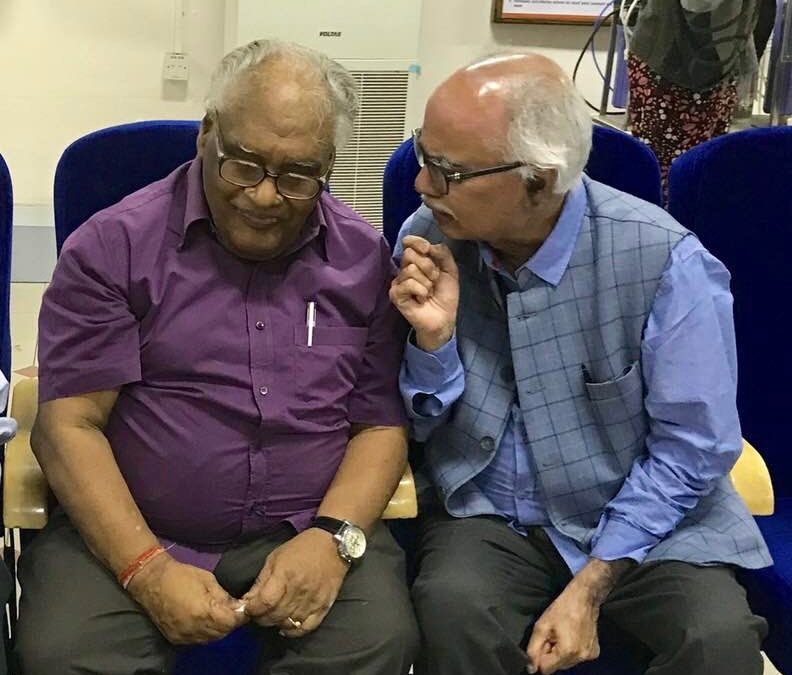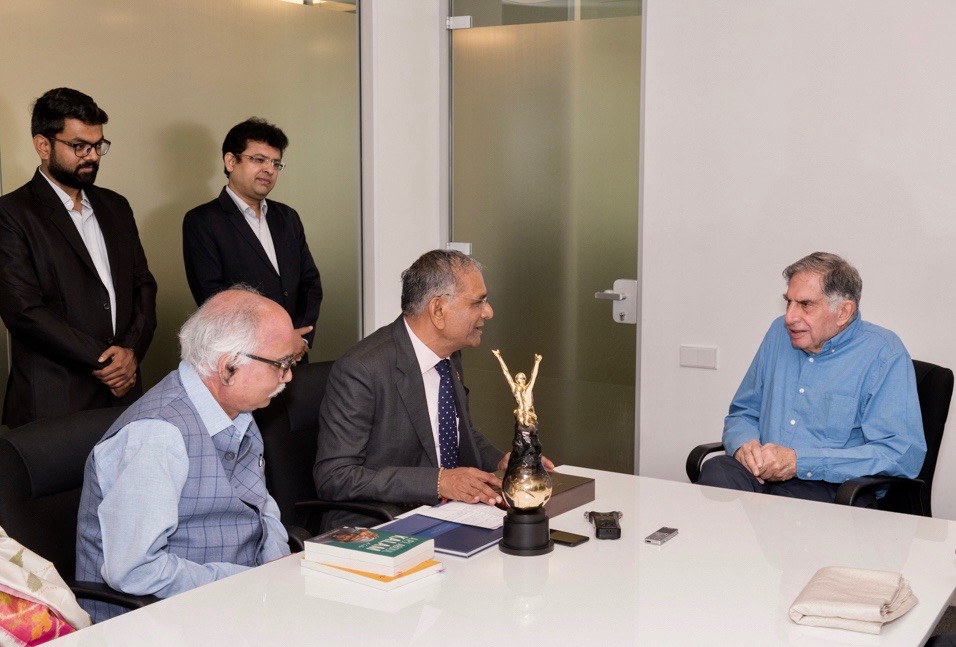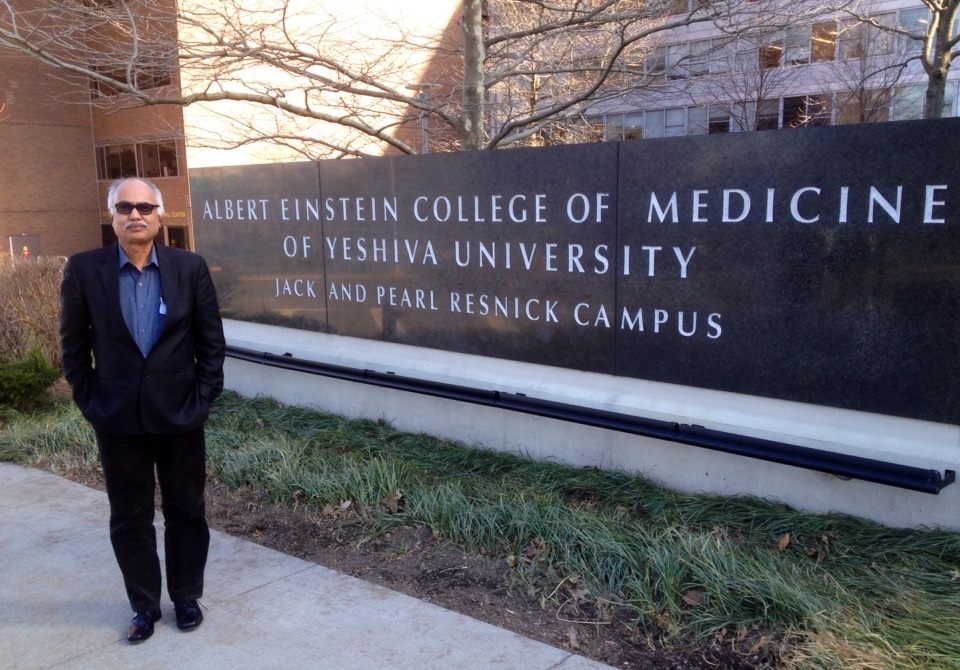
March 27, 2014
March 27, 2014
Although I am a mechanical engineer, Dr Kalam’s decision to develop civilian spinoffs of defence technology led me to work with doctors and biomedical scientists. I was involved in developing a special stainless steel used to make coronary stents. This steel must be entirely free of ferrite, and the microchannels created while the wire is drawn to a diameter of less than 100 microns must be welded by a highly sophisticated heat treatment process. All this trouble is taken to avoid corrosion by the highly oxygen-rich blood arriving from the lungs into the heart. This complex metallurgical processing makes stents an expensive product.
My friend circle expanded in this process and brought me in contact with Bhooshan Sawant, who lived in New Jersey and through him, to a group of highly motivated and talented scientists of Indian origin, most notably Dr Seetharama Acharya, Professor of Oncology and Medicine at Albert Einstein College of Medicine, in The Bronx, New York City. I spent one full day at the Institute and felt like a pilgrim where medical science is truly integrated with science and technology. There are 750 M.D. students, and more than Ph.D. students are enrolled here. 5,000 Einstein alumni are among the nation’s foremost clinicians, biomedical scientists, and medical educators.

